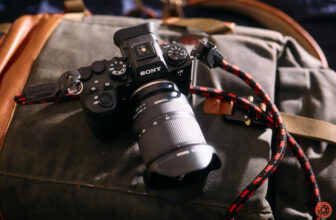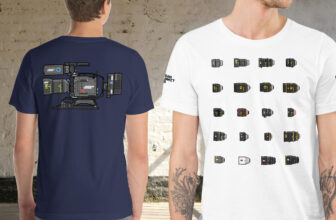
Check out our latest products
28mm or 35mm? It’s like choosing between waffles or pancakes, espresso or latte, boots or sneakers—both fabulous, functional, but oh-so-different in flavor. In the glorious world of prime lenses, it’s not just about millimeters. It’s about how you see, what you feel, and how much of the world you want in your frame without stepping into your subject’s personal bubble.
So, which should you slap on your camera for your next urban wander, wedding gig, or moody travel shoot? Let’s break it down. One millimeter at a time.
28mm: The Wide-Eyed Explorer
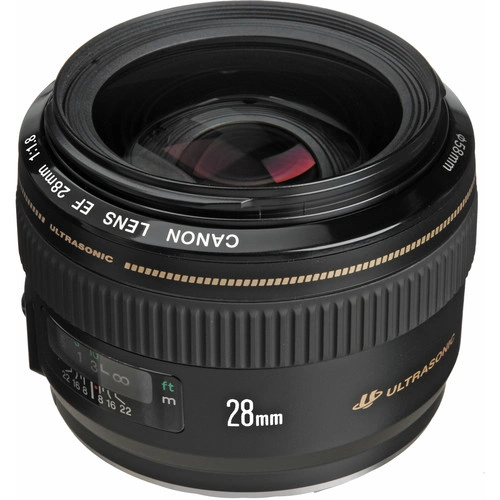
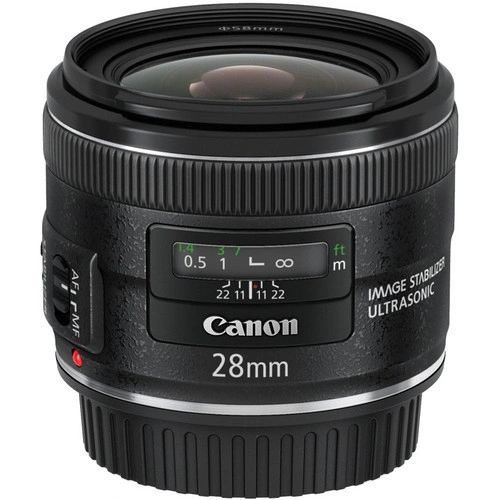
The curious, energetic lens that just wants to show off the whole party. This little wonder has a slightly wider field of view than its 35mm sibling, which makes it a dreamboat for travel shots, architecture, street stories, and sneaky portraits with a hefty serving of background drama.
Think wide open streets, cozy cafés, and ancient alleyways—all without stepping too far back. Interiors feel roomier, scenes feel fuller, and your viewer gets the whole story—not just the star of the show.
Pros:
- Wider field of view = more story in one frame.
- Great for tight spaces, big scenes, and cityscapes.
- A vlogger’s best friend for that handheld look.
Cons:
- Some distortion around the edges—especially for faces.
- Not the most flattering for close-up portraits (sorry, noses).
- Bokeh? A little shy compared to longer lenses.
35mm: The Goldilocks of Focal Lengths
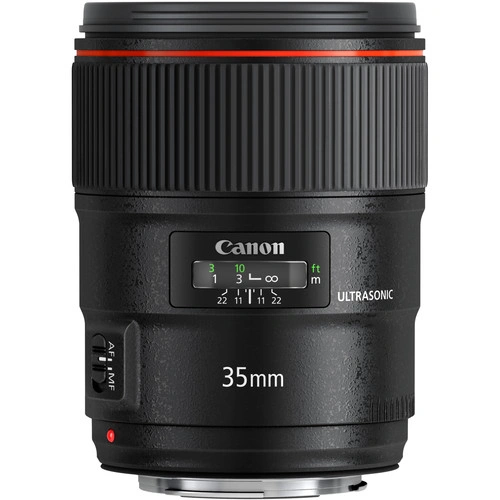
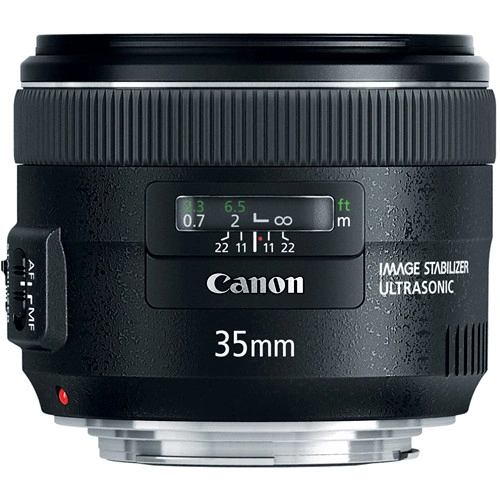
The all-rounder, the safe bet, the lens equivalent of a leather jacket. Not too wide, not too tight. It’s the focal length you bring home to meet your parents. It just… works. Portraits? Gorgeous. Street photography? Natural. Lifestyle, weddings, behind-the-scenes magic? Absolutely.
It mimics the human eye pretty closely, so what you see is pretty much what you get. Less distortion, more intimacy, and an effortlessly cinematic feel. No wonder photographers fall in love and never take it off their camera.
Pros:
- Lifelike perspective—hello, natural storytelling.
- Flattering for people without stepping too far back.
- Easy to get dreamy background blur.
Cons:
- Not as wide as 28mm—might need to scoot back.
- Slightly less dramatic for big, sweeping scenes.
- May feel a bit “safe” for super wide-angle lovers.
Head-to-Head Comparison Table
| Feature | 28mm | 35mm |
| Field of View (Full Frame) | ~75° | ~63° |
| Vibe | Expansive, contextual, dynamic | Natural, balanced, intimate |
| Best Use Cases | Travel, vlogging, architecture | Portraits, lifestyle, documentary |
| Distortion | Slight barrel distortion on edges | Minimal distortion |
| Subject Isolation | Tricky | Easier with wide apertures |
Visualizing the Difference
Here’s a fun exercise to really feel the difference between 28mm and 35mm:
- Pick a Scene: Your cat, your street, your coffee table covered in photo gear. Anything works.
- Mount Both Lenses: One after the other. Stand in the exact same spot. Don’t move.
- Snap It. Compare It.
- Notice how the 28mm pulls in more of the environment.
- See how the 35mm feels tighter, more focused.
- Look at how the subject pops (or blends) in each.
Bonus points for trying this at golden hour or inside a quirky café. You’ll start to see how each focal length feels—and darling, that’s where the magic lives.
Final Frame: Your Lens, Your Story
Choosing between 28mm and 35mm isn’t about specs or rules. It’s about your story. Your style. Your voice as a photographer.
Are you wide-eyed and adventurous, always hunting for the next epic frame? Or do you crave intimacy, subtlety, and the art of capturing real life in honest detail?
Either way, both lenses are powerhouses in their own right. There’s no wrong choice—only different flavors of brilliance.
So go out there, shoot your heart out, and let your lens do the talking. You, my dear photo nerd, were made to frame the world beautifully.
|
When you purchase through links on our site, we may earn an affiliate commission. Here’s how it works. |

![[2025 Upgraded] Retractable Car Charger, SUPERONE 69W Car Phone Charger with Cables Fast Charging, Gifts for Men Women Car Accessories for iPhone 16 15 14 13 12, Samsung, Black](https://i1.wp.com/m.media-amazon.com/images/I/61SaegZpsSL._AC_SL1500_.jpg?w=300&resize=300,300&ssl=1)







![[True Military-Grade] Car Phone Holder【2024 Stronger Suction & Clip】 Universal Cell Phone Holder for Car Mount for Dashboard Windshield Air Vent Long Arm Cell Phone Car Mount Thick Case,Black](https://i2.wp.com/m.media-amazon.com/images/I/715PBCuJezL._AC_SL1500_.jpg?w=300&resize=300,300&ssl=1)
![[エレコム] スマホショルダー ショルダーストラップ 肩掛け ストラップホールシート付属 丸紐 8mm P-STSDH2R08](https://i3.wp.com/m.media-amazon.com/images/I/51BMFf06pxL._AC_SL1500_.jpg?w=300&resize=300,300&ssl=1)






